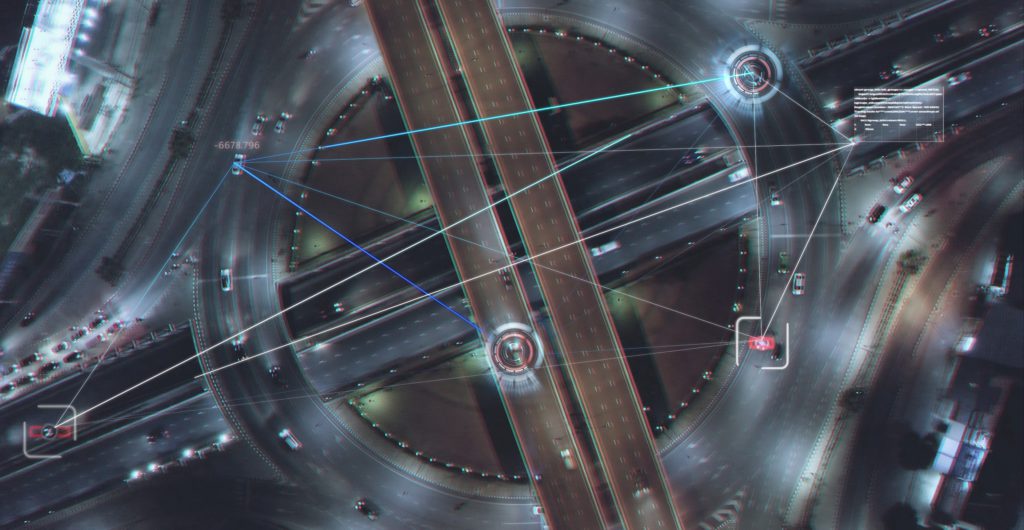Embrace the magic moments in the automotive industry
04 March 2020

4 March 2020
Autovista Group's chief economist, Christof Engelskirchen, shares his thoughts from the Smart Data/Car Data conference in Munich on 20 February, which focused on the positives of the automotive industry and its work to bring new technologies and concepts to market.
Magic moment
There are many powerful reasons for traditional OEMs to embark on the journey of becoming a software-enabled company. For one, continuously updating a single central software architecture is easier than updating a system where 150 or more separate electronic control units (ECUs) are in operation.
With the number of lines of programming moving from approximately 100 million to 300 million during the coming years, according to Christian Senger, head of software at Volkswagen Group (VW), there is an increasing necessity to develop the software architecture of the car in-house, with fewer and more powerful suppliers, in order to manage the complexity. VW wants to increase its contribution to software development from 10% to 60%. A separate business unit will focus on that.
The carmaker is looking to attract 10,000 software developers and technology specialists, a huge undertaking and one for which the company needs to move into those markets where they can find talent that others are competing for as well. This explains why Senger pitched the situation the automotive industry is in as a ′magic moment', and the car as ′a highly technological product that has not yet been digitised at all.'
Software wins
To regard software as a classic product is a new and refreshing experience for the hardware and engineering-focused automotive industry, according to Sabine Scheunert, vice president, Digital & IT Sales/Marketing at Mercedes-Benz Cars. There are also opportunities: ′You can create actual added value with software based on a thorough understanding of the business processes,' she commented.
When asked what Germany and Europe could learn from the US and China, Scheunert noted that it would be good if the industry could think bigger when it comes to the scalability of ideas and business models. Like VW, Mercedes-Benz has confirmed a focus on developing its own competencies around the vehicle's software architecture. MBUX and Ask Mercedes, the digital instruction manual, are just two examples of this ambition.
All OEMs represented at the conference confirmed that they seek more control over the new development processes, but that no one can do it alone. Participants stressed the concepts of ′frenemies' and competition several times. Mercedes-Benz made the point that to take a substantiated build or buy decision, it will be necessary more often to build first and, in a second step, judge whether the buy alternative may be the more attractive one.
Vital ecosystem
The connected car and platforms that seek to monetise the data that vehicles produce are at the top of every OEM's agenda. However, no one has yet managed to earn money with connected-car data. Stephan Durach, senior vice president, Purchasing Digital at BMW, talked about the amount of data that 14 million connected BMWs on the road produce when they drive 140 million kilometres, recording 25 million traffic signs and 700 million GPS positions every single day.
Durach stressed that data needs to be organised and refined in order to become useful. For example, a parking assistant may falsely identify a driveway as an available parking space. When map data connects to the parking assistant, it can rule out these false positives. A facilitator to utilise the data will be the creation of a vital ecosystem for connected-car data, but not necessarily an exclusive one.
Not all data created within the car can be monetised. Some of it may be offered free of charge to facilitate the creation of a vital ecosystem. When intending to create data-driven products and services, Durach advises to look at connected-car data like this:
- Anonymised data available to third parties that can be used to:
- improve traffic safety, e.g. by making information available about emergencies to drivers and police or fire brigades
- create products and services across brands, even competing ones, e.g. availability of parking spaces or charging stations
- Anonymised data with limited availability to third parties to create brand-specific services, which are exclusively designed for the driver of the vehicle and may create a USP for a brand
- Personal data, created by the vehicle and its driver that could be made available to third parties, subject to their preferences. This type of data could fuel more owner-specific use cases in the interface to other industries.
Although we may be struggling for some time to monetise connected-car data, there is another important use for it. Data that the car produces is vital to bring autonomous-driving technology forward. Cars must repeatedly drive millions and millions of kilometres for very specific use case to create those traffic situations for which autonomous driving must be prepared and optimised.
However, it is impossible to have real cars drive these specific use cases as some of the situations hardly exist, are too expensive to test in real traffic situations and would take too long. Therefore, companies have started to collaborate on sharing real-life driving data. This fuels simulation against which autonomous systems can be tested and further optimised.